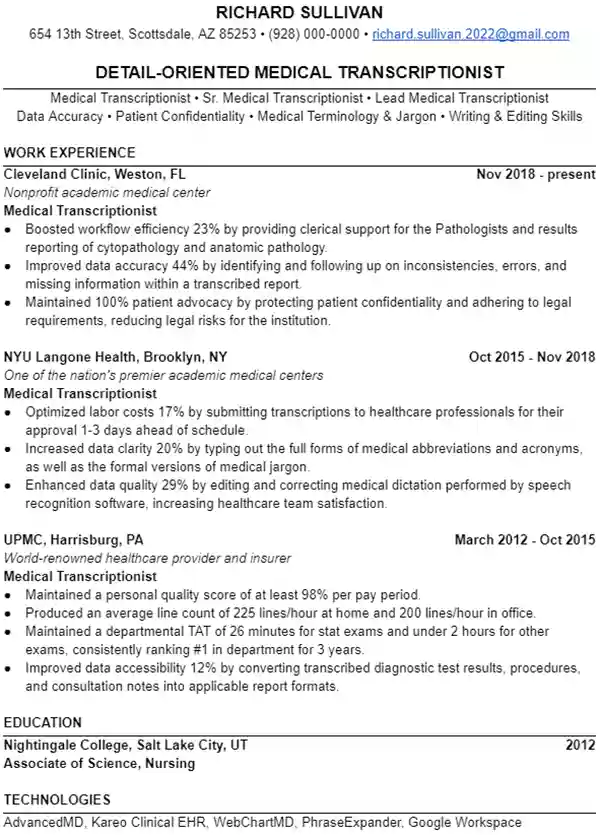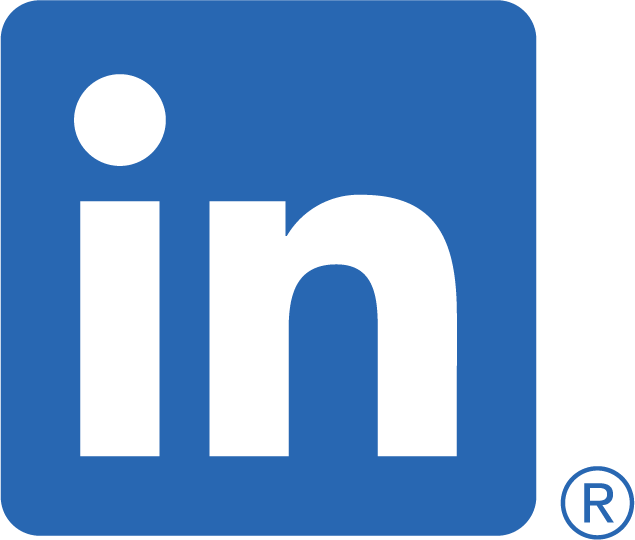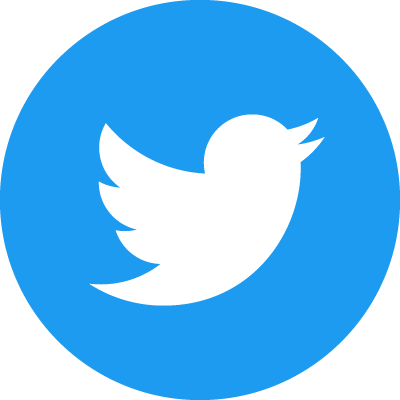Medical Transciptionist Resume Example
A step-by-step guide to write a professional Medical Transcriptionist resume that lands you more interviews and job offers. Or have Leet Resumes write your resume for you.


Write a Medical Transcriptionist Resume that Gets Interviews
You spend every day transcribing records with 100% accuracy, spelling, and clarity. But when it comes to typing your own resume without any recitation to follow…you don’t know where to start.
Don’t worry. If you need to write a Medical Transcriptionist resume, you’ve found the right place.
In this article, you’ll find:
A resume example specifically for a Medical Transcriptionist
A step-by-step guide on what to include in each section of a Medical Transcriptionist resume
Instructions on how to create your own resume template that can be customized for each job you apply to
Prefer to have someone else write your Medical Transcriptionist resume?
That’s an option, too. If you’re over typing for the day, let Leet Resumes write your resume for you. They’ll craft a custom and professional Medical Transcriptionist resume that will land you more interviews…and they’ll do it for free (tips are always appreciated).
How to Format a Medical Transcriptionist Resume
There are five sections to your Medical Transcriptionist resume:
- Professional Headline
- Professional Summary
- Work Experience
- Education
- Keywords
Follow along with this step-by-step guide to learn what to include in each section and write a professional Medical Transcriptionist job that will land you more interviews and job offers.
Name + Contact
Start with your first and last name at the top and center of the page. Choose a font that’s professional, legible and slightly larger than the rest of the text.
Directly underneath, add your contact information: phone number, email address and location (city and state are all you need).
Use a professional email address that doesn’t allude to any hobbies or fandoms, and leave out any social accounts – including LinkedIn. The goal is to make it as simple as possible to contact you for an interview. Don’t distract with any other method of reaching you other than your phone number and email address.
Professional Headline
You’re probably familiar with the brief one-liner doctors use to introduce their patients. It’s headline-style communication: giving the most pertinent information first and getting to the details after.
Your resume starts the same way. Your professional headline should grab your reader’s attention and make them want to learn more about what you do. A standard, “Medical Transcriptionist” isn’t going to do that.
To craft an attention-getting headline that sets you apart from the crowd, start with a slightly flattering adjective that puts you in a positive light. This might be something like: diligent, detail oriented, professional, conscientious, flexible or multilingual.
Then add a word that describes your level of experience, like senior, junior, or assistant. If there’s no specific title that applies, you can also include your years of experience as a transcriptionist.
Finally, add your official title. You should have something that reads like this:
Dedicated Assistant Medical Transcriptionist
Or:
Multilingual Lead Medical Transcriptionist
Professional Summary
Once you’ve drawn in your recruiter with your professional headline, your professional summary will showcase the highlights of your career in two to four structured lines.
This is where the customizations to your resume template are introduced.
To increase your interview requests, your professional summary should be subtly tailored toward each job position you’re applying for. Essentially, you’re creating a targeted resume that showcases the same set of skills, packaged in a personalized way for each potential employer.
In the first line of your professional summary, list the job titles you’d accept for your next position. Most importantly, include the exact job title of the position you’re applying for: Medical Transcriptionist, Medical Transcription Supervisor, Medical Scribe, Transcription Scheduling Associate, etc.
In the second line, list the most relevant transcription skills for the targeted position. This might include: excellent communication skills, report transcription, medical terminology, etc.
If you’re applying for a specific department, include the field of medicine in this list as well (general surgery, orthopedics, dermatology, etc.).
The third and fourth lines are optional. If you've had any notable achievements or work experience highlights related to medical transcription, include them in line three. All promotions and awards can be included in line four.
If nothing comes to mind for either of these, don’t sweat it. A targeted first two lines and your work experience in the next section is more than enough to secure an interview.
Need a break?
Take a typing break and let Leet Resumes write your resume for you. They’re the experts behind this resume example and guide and they’ll do all the work for you, for free. (Tips are always appreciated.)
Work Experience
You know the ins and outs of transcribing notes accurately and efficiently, but don’t assume the recruiter reading your resume does. More likely than not, they’re scanning through hundreds of resumes like yours and looking for keywords from the job description to match with resumes.
To catch the eye of these quick-scanning recruiters (or computers) we have a few suggestions to make your work experience stand out from the crowd.
First, list your previous positions in reverse chronological order. Refer to the resume example to see how each job entry is formatted with your official title, dates of employment and previous employer.
Under each entry, add a bullet point list of your accomplishments at each position while incorporating these three elements:
Strong Success Verbs
Success verbs imply a positive outcome before you even mention the details. These are words like accelerated, advanced, generated, reduced, exceeded or outperformed.
As a transcriptionist, you can use these strong success verbs to highlight how you accelerated report transcription times, reduced transcription errors with your high accuracy rate, and exceeded expectations by returning completed records in record time.
Start every bullet point with a strong success verb and you’ll see the results in the number of interview requests you receive.
Numbers
Your recruiter can’t measure your impact with success verbs alone. That’s why it’s important to include as many numbers as possible.
Numbers are specific. They’re the fastest way to get a potential employer to visualize your success and immediately be on the same page. Try to include at least one number in every bullet point – but really aim for as many as you can.
When paired with your strong success verbs, your work experience bullet points should read something like this:
Accelerated transcription report turnaround time by 200%
Reduced transcription errors of internal medicine office by 23% with 1 error every 1,200 records for a near 100% accuracy rate
Once you feel like you’ve added enough numbers to your work experience, look back and try to double the amount again. There is no such thing as too many numbers.
Promotions
Promotions show your success from a different perspective. Because they’re neither mandatory nor common, promotions are a key indicator that your work is really worth rewarding and that previous employers enjoy having you on their team.
This subjective data paired with your quantified metrics make a winning combination to land that interview request.
Education
After that highly customized section of your resume template, the education section is a lot simpler.
Here you’ll list where you went to school, the dates of your attendance, the degrees you graduated with and any awards or honors you received.
If you attended a specific Medical Transcriptionist program, that can be listed here, but for transcriptionist certifications without a degree, save those for the keywords section next.
Keywords and Skills for a Medical Transcriptionist Resume
In the final section of your resume template, you’ll list the skills, attributes, technologies and certifications that make you the best candidate for the open position.
If you look at the resume example above, you’ll find that these are simply listed without any structure of sentences or paragraphs. Make these keywords easy to read and easy to scan so you can elaborate at the interview.
Include the important skills your utilize in transcription:
- Operation Reports
- Discharge Summaries
- History and Physicals
- Medical Specialties
- Medical Terminology
- Data Entry
- HIPAA Compliance
Attributes and qualities of you and your work:
- Excellent Verbal and Written Communication
- Accuracy
- Timely Delivery
- Listening Skills
- Team-Oriented
- Confidentiality
Transcription technologies you’re familiar with:
- Express Scribe
- FTW Transcriber
- INVOX Medica;
- SMARTMD
- WebChartMD
- BayScribe
- Microsoft Office
- Medical Transcription Certifications:
- Certified Healthcare Documentation Specialist (CHDS)
- Registered Healthcare Documentation Specialist (RHDS)
- Certified Medical Transcriptions (CMT)
Once you’ve placed the finishing keywords for your resume template, your resume is officially complete. Best of luck to you finding your transcriptionist dream job!
Can someone else write my resume for me?
Yes! The experts behind this resume example and guide will write your resume for you…and they’ll do it for free. Try Leet Resumes today for a professional Medical Transcriptionist resume.










